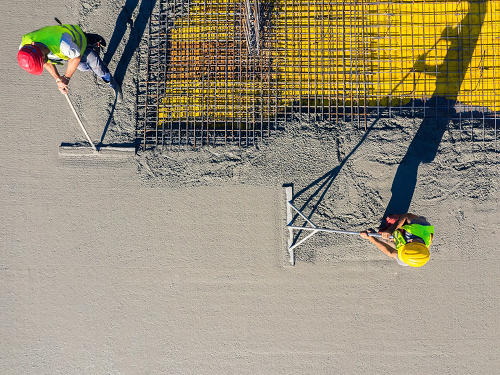 Thursday, May 16, 2024
Thursday, May 16, 2024  Thursday, May 16, 2024
Thursday, May 16, 2024 
After water, concrete might be the substance humans use most. But it comes at a cost: Making cement, which holds concrete together, results in almost 8 percent of global carbon emissions. Aviation produces 2.5 percent and gets plenty of flak for it, prompting the industry to reduce its carbon footprint. The cement industry, meanwhile, has flown under the radar.
One sign of increasing awareness of concrete’s carbon problem came in January, when New Jersey became the first U.S. state passing a law to promote low-carbon concrete use through business tax credits.
Researchers, meanwhile, are doing their part to cut the carbon footprint of concrete. Washington State University engineers recently reported creating a variety of concrete that absorbs more carbon dioxide than it emits.
They made the carbon-negative concrete by replacing a third of the cement in it with biochar, a kind of charcoal made from agricultural and forestry waste. “With this, we should be able to help get to carbon neutrality of the built environment,” says Xiangming Shi, a WSU civil and environmental engineering professor. Shi and his graduate student Zhipeng Li reported their approach in the journal Materials Letters.
Cement makes up less than 15 percent of concrete—the rest is a combination of water and gravel or crushed stone. But the high-temperature chemical reaction needed to make it accounts for concrete’s disproportionately high carbon footprint. “Producing each tonne of cement releases roughly 0.9 tonnes of carbon dioxide,” Shi says.
Keep reading on spectrum.ieee.org